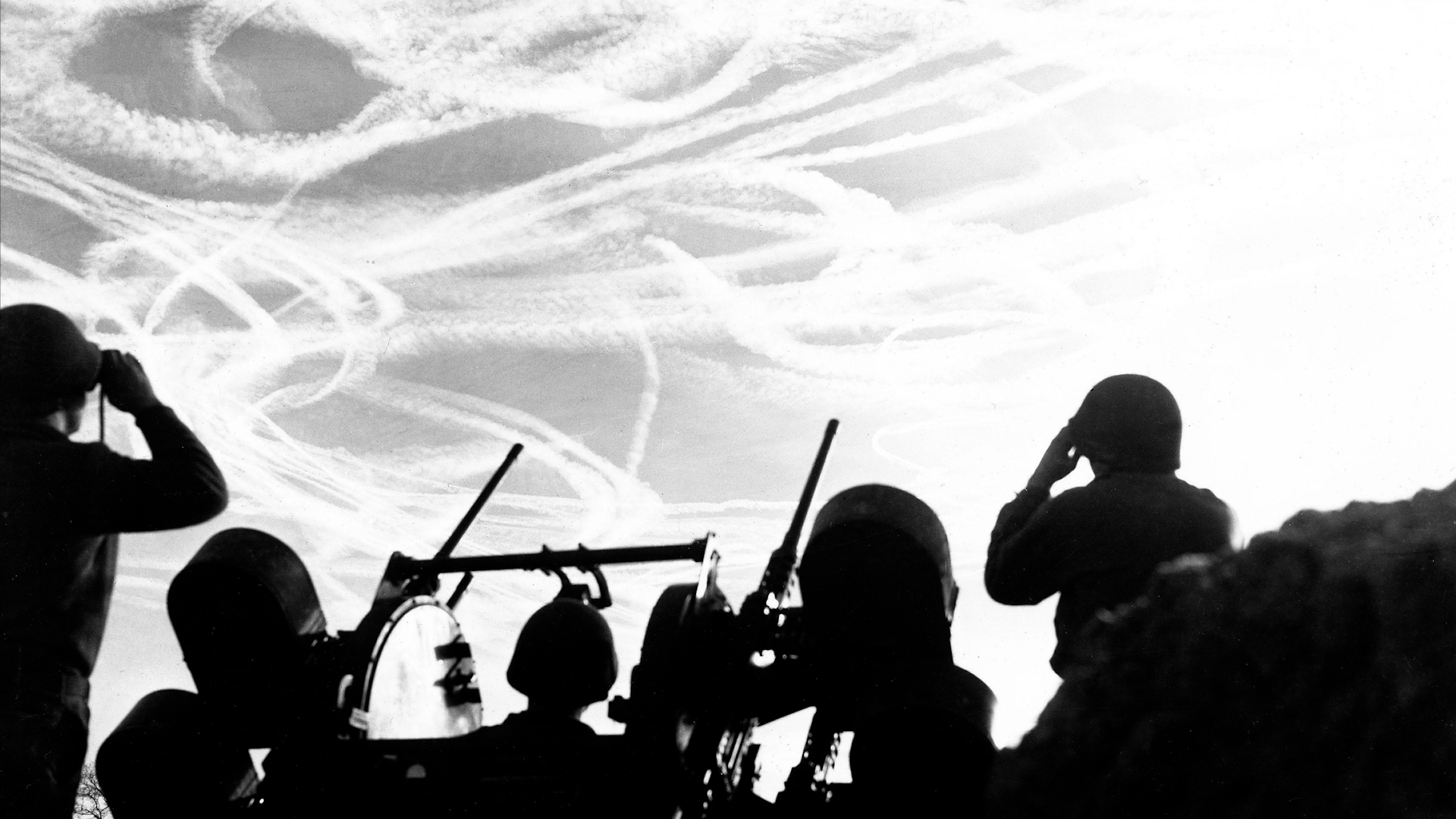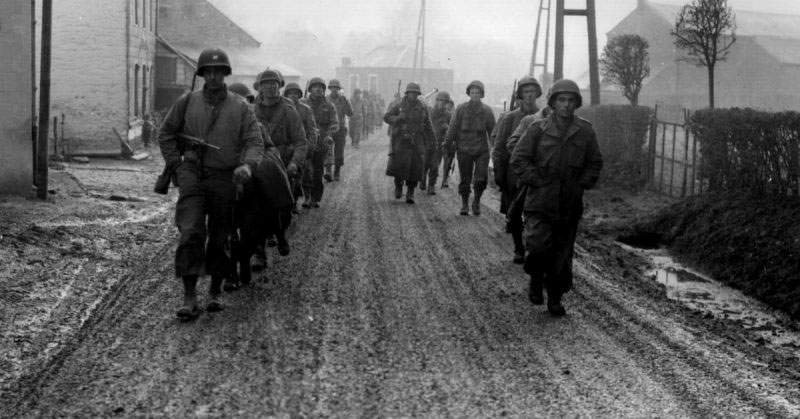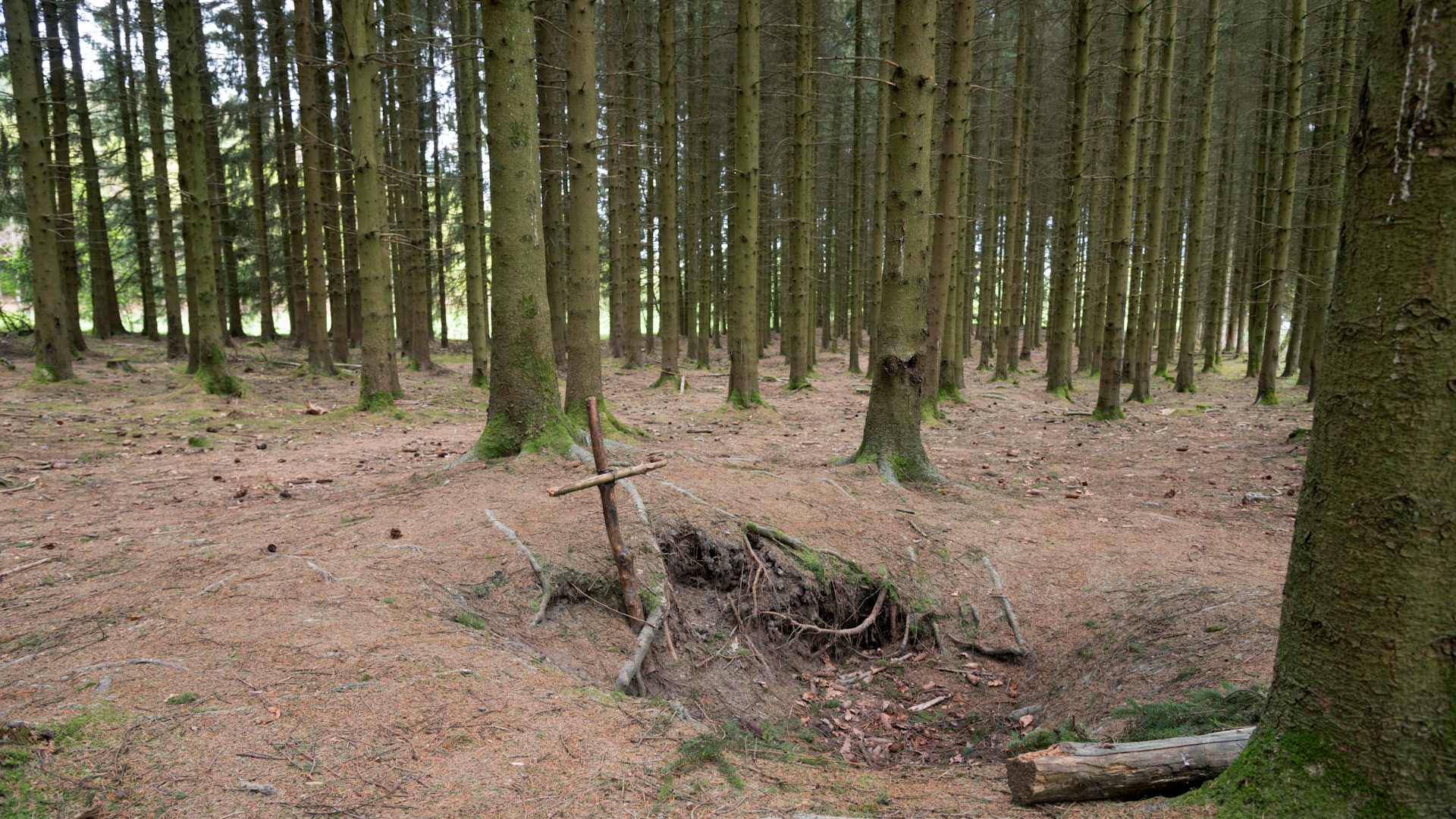
How Battle of Bastogne inspired Band of Brothers and marked final nail in Nazi Germany's coffin

Towards the end of 1944, many thought the Second World War was all but over, with the Allied Forces claiming victory over Nazi Germany.
However, the Germans had one more play, an attack on the Ardennes Forest region in Belgium – which Hitler perceived as a weakness.
The overall battle was an extremely bloody one and marked Nazi Germany's last major operation on the Western Front.
It resulted in approximately 75,000 Allied casualties, including 19,000 American, 200 British and 1,200 Canadian dead, as well as 80,000 to 100,000 German casualties and the deaths of 3,000 civilians.
But one battle in particular stood out – the battle for Bastogne.
With the Battle of the Bulge starting on 16 December, Germany made surprisingly good progress in the first few days and eventually outflanked US personnel that were held at Bastogne.

The US 101st Airborne Division, which was led by General Anthony McAuliffe, held the Belgian city, alongside a number of other choke points in the Ardennes Forest.
But, before long, Bastogne was encircled by German troops and what happened next is the stuff of legends.
On 22 December, the Americans in Bastogne were given the chance to surrender honourably from the city of Bastogne within two hours.
But Gen McAuliffe was in no mind to surrender, with his response reading: "To the German Commander: NUTS! The American Commander."
The US personnel, who defended the Belgian city throughout the Battle of the Bulge, were often isolated and unaware of the wider battle picture.
They not only protected Bastogne but burnt critical German fuel stocks, slowed armoured spearheads and flushed out potential Nazi infiltrators – used by Germany to get troops behind the Allied lines.
101st Airborne Division also included the men of Easy Company, from the 506th Parachute Infantry Regiment.
They inspired the Band of Brothers book and, later, TV series.
During the Battle of the Bulge, 13 of Easy Company's 14 men died. The foxholes they dug to fight from can still be seen in Belgium to this day.

During the Battle of Bastogne, the Bois Jacques, or Jack's Wood, made famous by Band of Brothers, became a scene of intense fighting between the German and US troops.
Marked with the foxholes used by American forces, it is still a pilgrimage site to this day, with people travelling to see these hand-dug fortifications.
British reserves, led by Field Marshal Bernard Montgomery on the northern flank, swung into action to stop Germans crossing at the Meuse River – with the Nazis located just 4km from the waterway on Christmas Eve.
The German plan had already started to unravel on 23 December, with the weather improving meaning Allied aircraft could take to the skies again.
This saw them attack German supply routes, smash German tanks and deliver much-needed supplies to troops in Bastogne.
In the context of the wider battle, the Battle of the Bulge got its name from the wedge the Germans had tried to drive into Allied forces.
But by 24 December 1944, 500,000 troops from different nations had slowed the German advance significantly.
By Boxing Day, US Army General George Patton and his Third Army relieved the city and just five days later the US First Army began a counter-offensive.

At its conclusion, the Battle of the Bulge was considered a beneficial operation for Nazi forces, but the counter-offensive was fatal.
Germany lost 120,000 personnel and resources it could not afford to replace, forfeiting any chance of resisting an Allied offensive.
It hammered home to German troops they were incapable of turning the scales of the war.
Then-prime minister Sir Winston Churchill said it was "undoubtedly the greatest American battle of the war".
He also said it would "be regarded as an ever-famous American victory".
When looking at participation and losses, there is a case to make that the Battle of the Bulge, and therefore the defence of Bastogne, is arguably the greatest battle in American military history.









